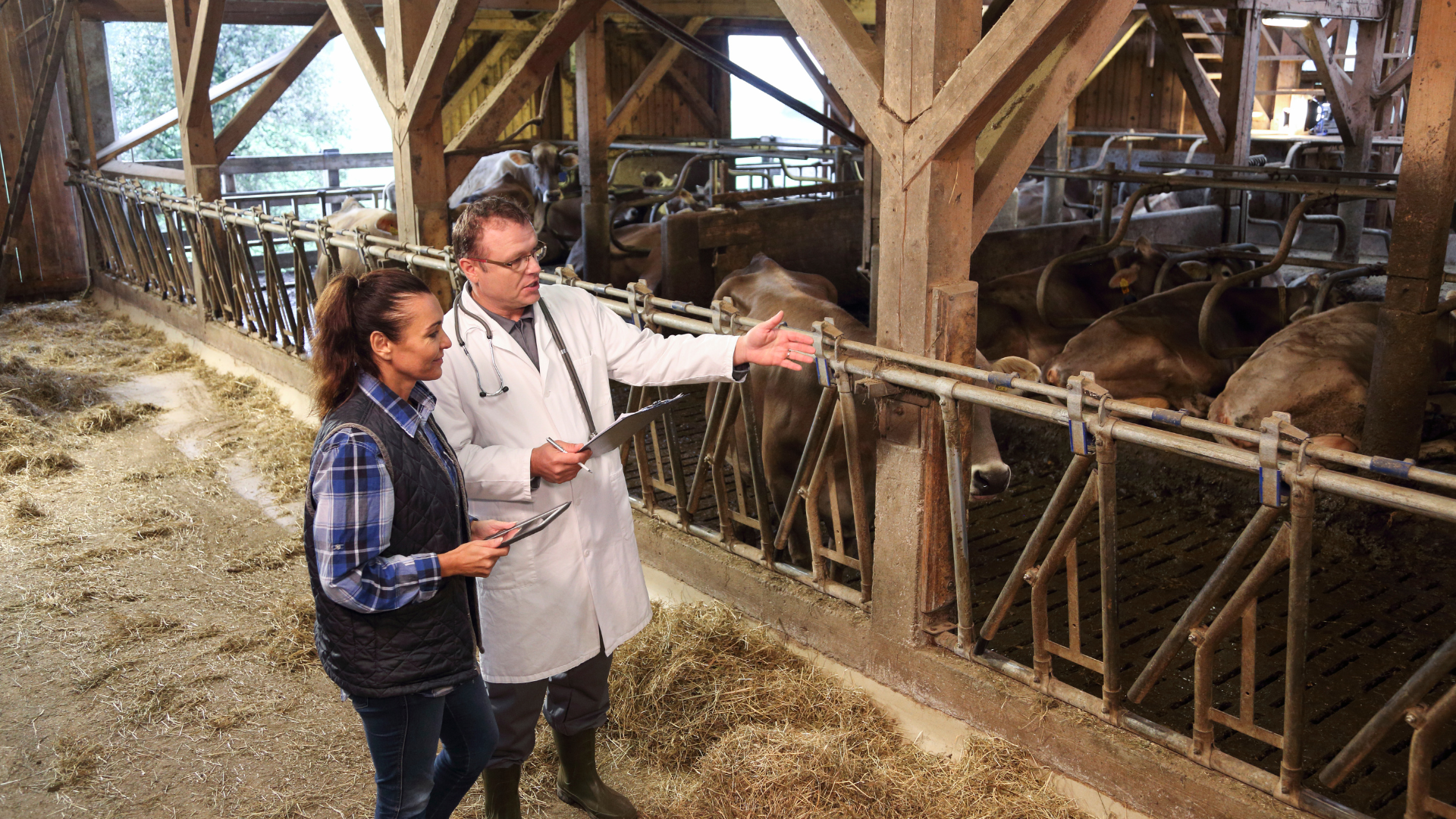Livestock monitoring is critical for ensuring animal welfare and optimizing farm production. Discover how IoT can unlock new potentials for farmers and businesses at large.
As the world population continues to expand, it's no surprise that food production has become a global priority. Livestock management is essential for sustaining agricultural livelihoods, but with limited land and water resources, farmers are finding their job more complex than ever before. They need to produce quality products and reduce waste while cutting costs simultaneously!
Fortunately, technology has stepped in as an incredible asset. The Internet of Things (IoT) makes it possible for farmers to optimize the health of their cattle through remote monitoring and data-driven decision-making - giving them better control over productivity without sacrificing vitality or sustainability.
In this blog post, we’ll explore how various farm operations utilize different aspects of internet connectivity to gain access to valuable information that can help protect their investments while ensuring a healthy environment for their animals.
1. Management
IoT-enabled feeding systems allow farmers to monitor their animals' feeding habits in real-time from anywhere through a mobile device or computer. Smart feeding systems provide data such as feed consumption rate, feed intake rate per animal, feed wastage rate, etc., which helps farmers optimize their feeding process and ensure that their animals get the nutrition they need at all times. This also helps reduce wastage as only the required amount of feed will be dispensed daily. Furthermore, these systems give farmers insights into how different types of feed affect their animals’ health so they can adjust accordingly for better results.
Location tracking is another popular application used when it comes to leveraging IoT for livestock management purposes. These devices allow farmers to track the location of their animals at any given time, making it easier for them to ensure that they are not straying too far from home or coming into contact with other animals who may be carrying diseases or parasites that harm them. GPS tracking devices also make it easier for farmers to quickly locate missing animals so that they can be returned safely without any delays or losses due to searching for them manually.
Ultimately, using IoT in managing livestock can help reduce labor costs. By automating specific processes, such as feeding schedules and water distribution, farmers reduce the time spent on these tasks while ensuring that their animals are properly cared for. Automation also helps minimize human error, which could lead to costly mistakes.
2. Monitoring
Temperature sensors measure the temperature in animal pens, barns, sheds, or anywhere else where animals are kept. These sensors allow producers to monitor their herd's environment for any temperature changes that could indicate a health issue or other problem. In addition, Radio-frequency identification (RFID) tags are attached to each animal and act as an identifier that allows farmers and manufacturers to track them throughout the entire supply chain. These tags are embedded with a unique ID which can be read remotely by an RFID reader. The reader can then transmit this information to a centralized database where it can be analyzed and used to track the movement and health of the livestock over time. This data can help farmers identify trends or anomalies related to their animals’ health or production levels to make informed decisions about how best to care for them and increase their efficiency.
3. Data Analytics
Cloud computing provides a secure storage platform for all the data collected by RFID tags and sensors in a livestock monitoring process. This makes it easy for all stakeholders involved in the supply chain process—from manufacturers to farmers—to access this data without worrying about its security or integrity. Moreover, cloud computing also provides access to analytics platforms that allow users to quickly analyze the data collected by RFID tags and sensors, making it easier for them to make informed decisions about their livestock monitoring processes.
Analytics platforms also give users insights into trends in their livestock monitoring processes over time. This allows users to identify patterns in behavior that may not have been noticeable before, such as changes in animal health or reproductive cycles. By gaining insight into these trends, businesses can more accurately predict changes in their livestock's behavior, allowing them to better plan future animal care and management operations.
In perspective
By utilizing the power of IoT technology, producers can get an unprecedented glimpse into their animals' health, well-being, and productivity - allowing them to make more accurate decisions about how to best nourish their herds for maximum yields. With wireless sensors and real-time tracking capabilities, IoT technology promises improved animal health and greater accuracy for farmers as they embark on this transformative monitoring journey. Also, IoT is revolutionizing livestock management by providing actionable data that streamlines operations and alleviates workflow bottlenecks. From up-to-date information about herd behavior to essential notifications about vital events, it's clear that using IoT for monitoring livestock has become a next-level solution with exciting possibilities—all within your reach!
Are you an IoT supplier, farmer, or manufacturer in the livestock monitoring space? Then check out
IoT2Market today and register for a
free account to learn how to utilize the Internet of Things (IoT) to help track livestock’ overall well-being.




